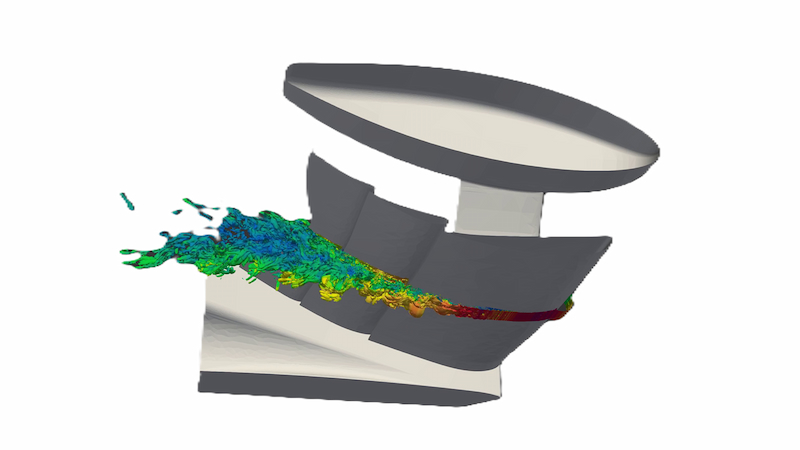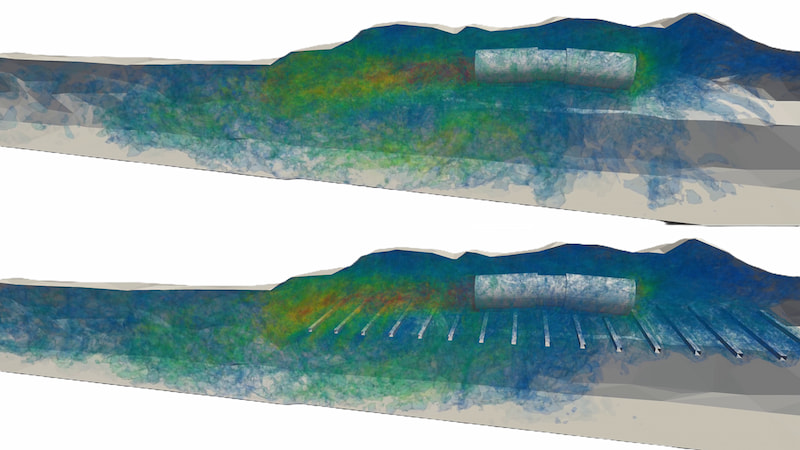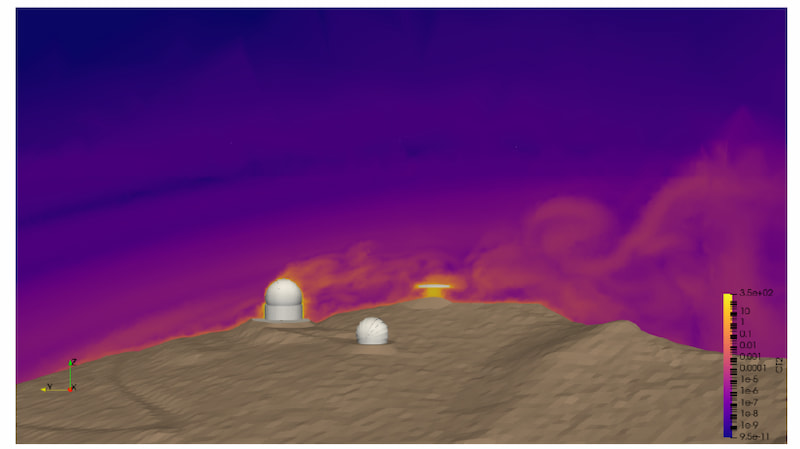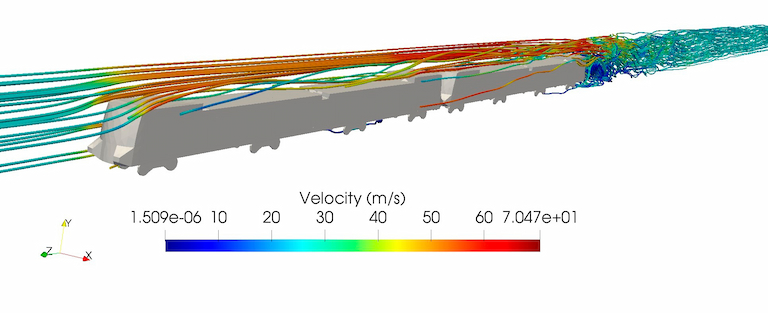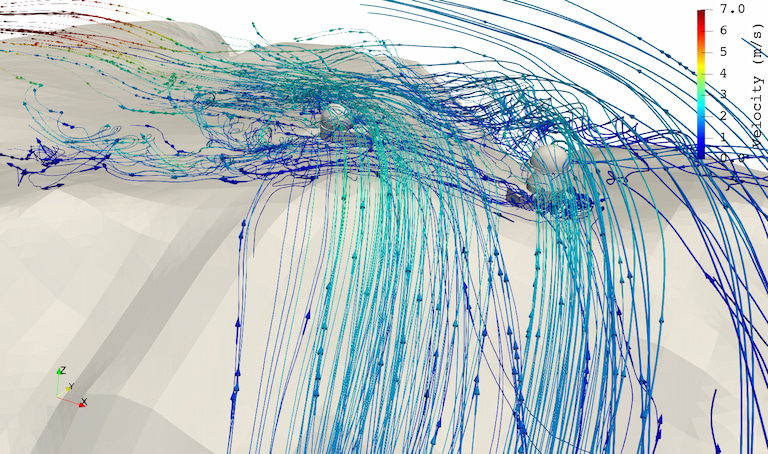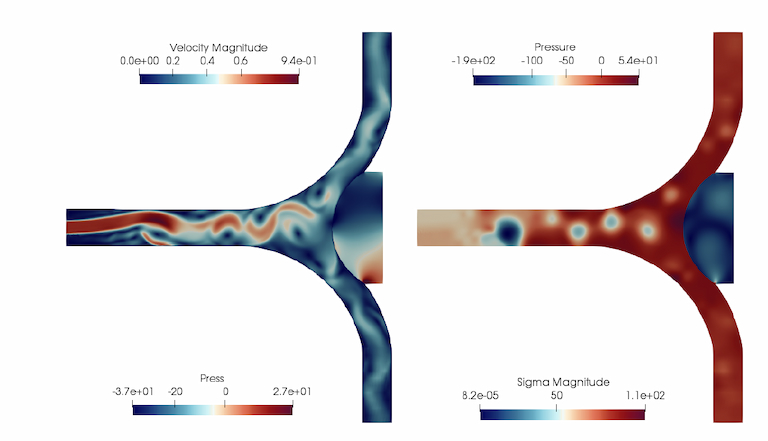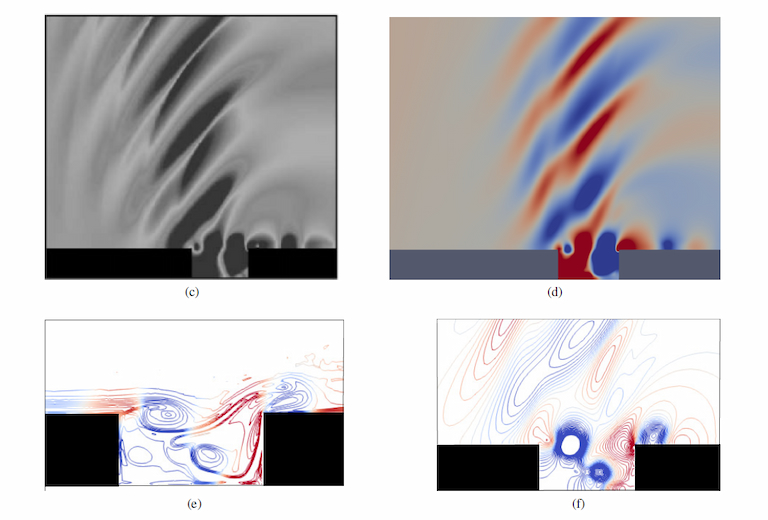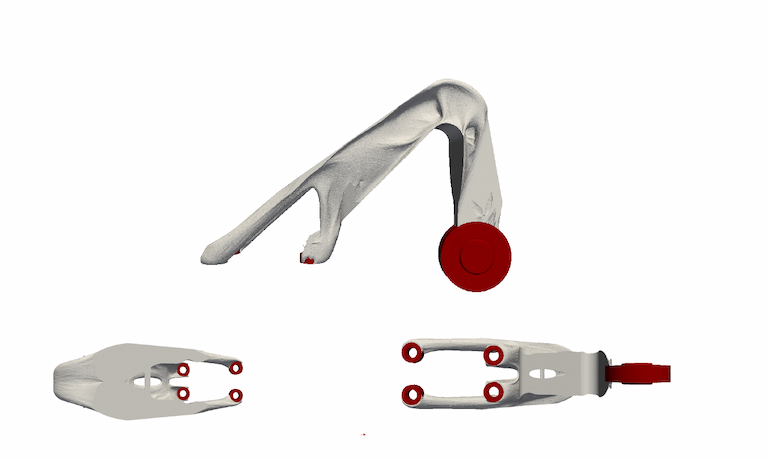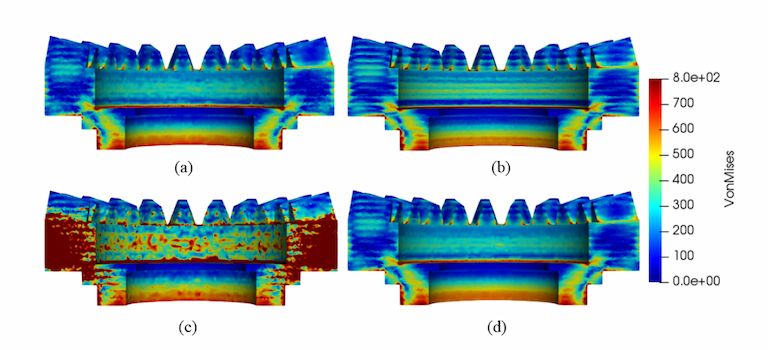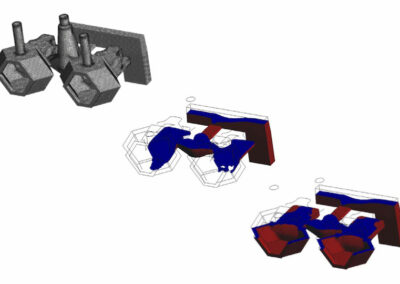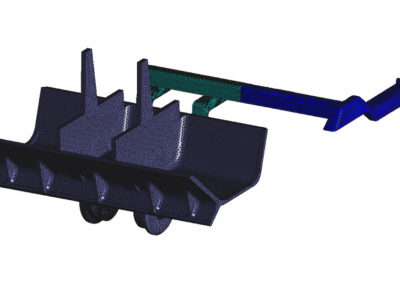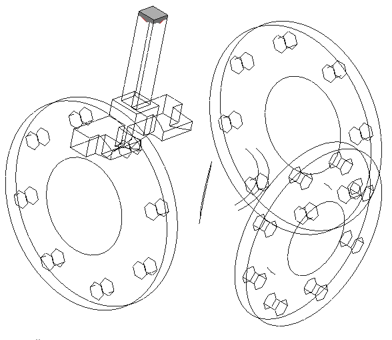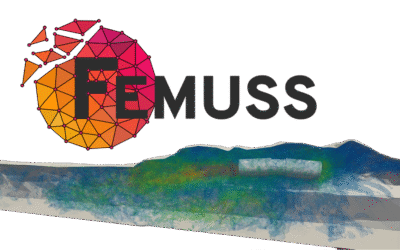Solid and fluid simulation for Industrial Processes
Fluid Mechanics
Principal Investigator
Ramon Codina

Overview
Research
Staff
Projects
CIMNE’s Fluid Mechanics Group develops advanced computational models for turbulent, compressible, and multiphysics flows (FSI, MHD, biofluids). Their work in finite element methods, adaptive meshing, and reduced-order modeling enables high-fidelity simulations for aerospace, energy, and biomedical applications.
The Fluid Mechanics Research Group at CIMNE is dedicated to advancing computational modelling and numerical simulation techniques for complex fluid dynamics problems in engineering and applied sciences.
The group develops high-precision mathematical models and innovative numerical methods to address a wide range of challenges – from high-speed compressible flows, turbulence and shallow water dynamics to aeroacoustics, viscoelastic fluids and biofluid mechanics.
Their expertise extends to multiphysics coupling, including fluid-structure interaction (FSI), magnetohydrodynamics (MHD) and thermal flows, enabling solutions for cutting-edge industrial and scientific applications.
A pioneer in advanced computational strategies, the group specialises in stabilised finite element methods, adaptive mesh refinement, embedded mesh techniques and reduced order modelling (ROM) to improve simulation efficiency and accuracy.
Their work supports critical applications such as aerospace design, environmental hydraulics, biomedical flows and energy systems, combining theoretical rigour with practical engineering solutions.
The group uses high performance computing (HPC) and optimisation algorithms to bridge fundamental research with real-world fluid dynamics challenges, driving innovation in both academy and industry.
Ongoing projects
Finished projects
Related news
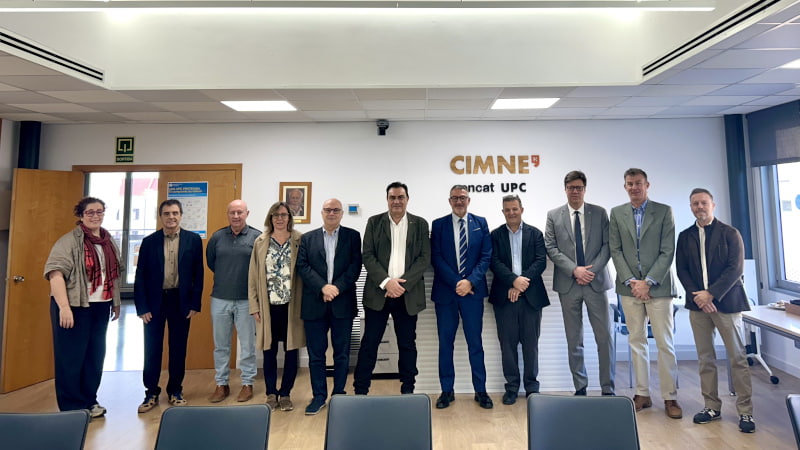
Minister Sàmper visits CIMNE headquarters to explore how computational research drives industry forward
The Minister of Business and Labour, the Honorable Mr. Miquel Sàmper i Rodríguez, together with the Director General for Industry, Mr. Xavier Roca Ramón, have visited this week the headquarters of the International Centre for Numerical Methods in Engineering (CIMNE)...
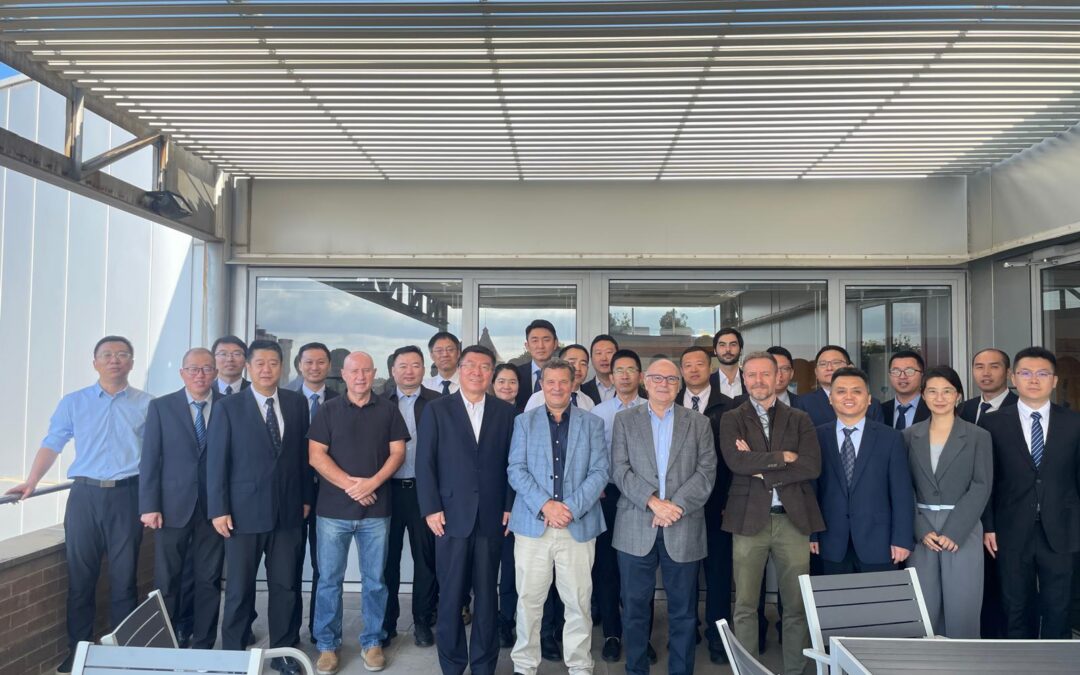
CIMNE Hosts Delegation from AVIC Shenyang Aircraft Design and Research Institute
The International Centre for Numerical Methods in Engineering (CIMNE) yesterday received a high-level delegation from the AVIC Shenyang Aircraft Design and Research Institute, one of China's leading aerospace research organizations. The visit brought together 24...






